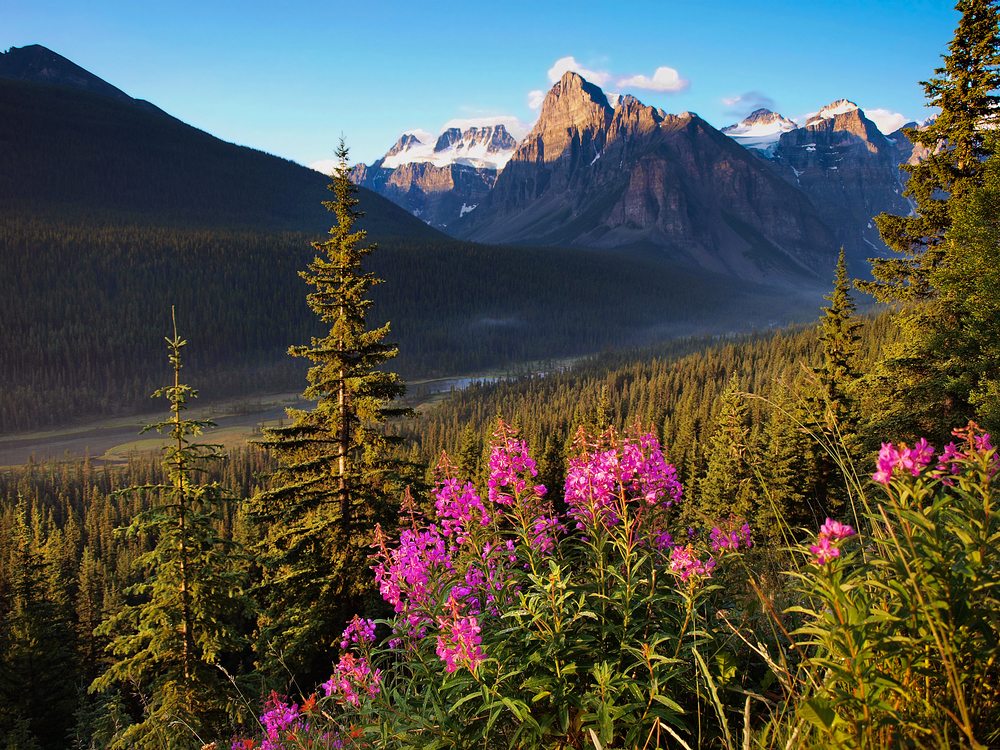Toll Free: 1-877-815-4227
 International: 1-603-516-0200
International: 1-603-516-0200

Toll Free: 1-877-815-4227
International: 1-603-516-0200

The infamous El Niño weather pattern is making a big comeback this year. The 2015 El Niño is predicted to be one of the most significant of its kind in history, and could have the potential to radically change weather conditions around the world. If you’re planning a trip this winter, you may be travelling to an area that is particularly impacted by the phenomenon.
An El Niño occurs whenever the waters in the Eastern Pacific Ocean rise by a few degrees. Its opposite, La Niña, occurs when temperatures are colder than usual. The warmer waters typically cause more storm systems to develop there, which can affect areas as far away as Africa. This year, the El Niño event is forecasted to increase the water temperature in parts of the Pacific by two, maybe even three degrees.
Warmer ocean temperatures—even if they are only warmer by a few degrees—can cause many areas to see excessive amounts of rain and damaging storms, while other areas can experience a significant drought and risk for wildfires. It is not uncommon for El Niño events to affect areas as far North as Alaska and New England, and as far South as Australia. So which regions should you watch out for during your winter travel?

Due to its close proximity to the abnormal weather pattern, the American West coast suffers a great deal of effects due to El Niño. As storms take shape out of the warmer Pacific waters, they follow the jet stream up to California and Oregon, and even bring heavy showers to places as far East as the Gulf of Mexico.
If you’re traveling along the West Coast this winter, be sure to bring an umbrella. Temperatures generally stay the same, but the typical Pacific sunshine is replaced largely by clouds and rain. Excessive rain can also cause mudslides in places like California, so bear that in mind if you plan on vacationing out there.

Continuing their impact on the West Coast of North America, El Niño effects extend further East to the Rocky Mountains, and North through Canada and Alaska. Like most storm systems, El Niño storms rarely make it past the barrier of the Sierra Nevada and Rocky Mountains. Instead, the area extending from Southern Alaska down to Idaho and Wyoming often receive warmer temperatures than normal.
If you’re traveling to the Rockies during the winter, and El Niño is bringing warmer temperatures, ski areas will feel the strongest impact. While temperatures will still be cold by many people’s standards, and snow machines can still supply the mountains with fresh powder, many die-hard skiers may notice something a little different about their getaway to Vail or Park City.

El Niño patterns often manifest themselves in the area of the Pacific by the equator. In fact, many forecasts predict the warmest ocean temperatures will be found off the coast of Peru and Ecuador. This obviously means a change in weather for South American vacation destinations, as well.
Travelers heading to the Southern Hemisphere for the winter may find their stay in Rio de Janeiro or Buenos Aires wetter than normal during the 2015 El Niño. Coastal areas throughout South America may experience some significant flooding this winter. One exception can be found in northern Brazil, Venezuela, and Suriname, where it might prove to be drier.

Over on the other side of the Pacific, the El Niño impact is a little different. Weather patterns there tend to be drier around Indonesia and Australia, and can actually cause droughts in the region. Since the Northern Hemisphere winter months are hotter for places South of the equator, these hotter, drier climates can cause wildfires.
If you’re planning a trip to Sydney, Bali, or a similar destination this winter, make sure you’re aware of the risks due to El Niño. Of course, severe drought and wildfires aren’t guaranteed to occur, but with a record-setting event on the horizon, travelers should still stay vigilant.

Yes, El Niño can even affect the climate throughout Asia as well. While the effect of El Niño may vary by region, the southern half of Asia generally experiences above-average temperatures. Some Asian nations have hot temperatures regardless of El Niño, making it dangerous for people spending time there.
Let’s take a quick look at what areas around Asia might feel the effects of El Niño this winter:
El Niño affects climates all over the world. Some of the only places to not feel the impact of the weather phenomenon are Europe and Northern Asia, meaning many vacationers traveling this winter will likely feel some sort of change in the weather. However, nobody should let El Niño ruin their fun—simply read up on weather conditions before you leave for vacation, and pack accordingly!
Comments